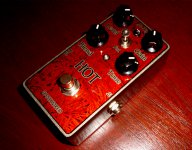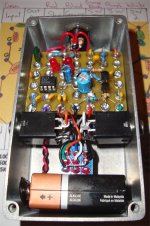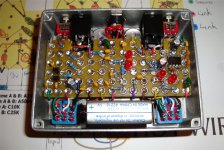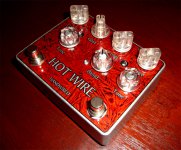Chuck D. Bones
Circuit Wizard
We've read posts here where someone says "I've got this part and I want to figure out what to do with it. How would I design this into a pedal?" Usually the design process works the other way, but there's no reason not have a bit of fun and try to design something around specific parts. It's the accidents and out-of-the-box thinking that spawn new and creative designs.
So here's the challenge. Design a pedal using this part:
https://www.goldmine-elec-products.com/prodinfo.asp?number=G25209
It's a B20K 4-gang pot. The only rules are that every gang must be used and they must all do something useful.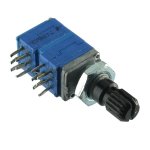
So here's the challenge. Design a pedal using this part:
https://www.goldmine-elec-products.com/prodinfo.asp?number=G25209
It's a B20K 4-gang pot. The only rules are that every gang must be used and they must all do something useful.




